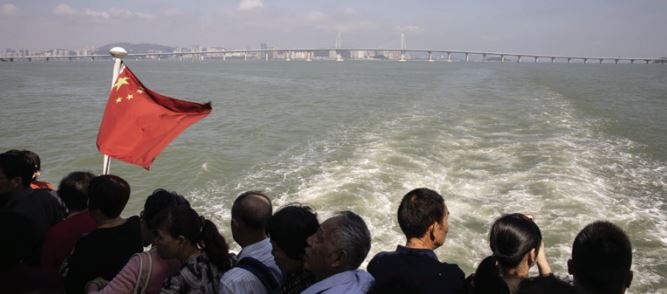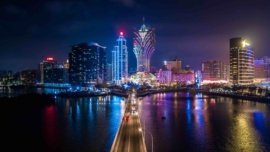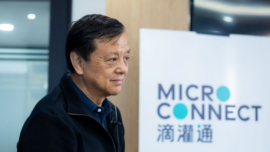The Bridge is now accessible. The opening could not be more symbolic. By presiding over the inaugural ceremony, the President meant to send strong messages in various directions. First, projecting the image of a commanding and creative China underpinned by the uniqueness and technical achievements of the project. Secondly, making clear the determination to rapidly integrate the two Special Administrative Regions in the broader fabric of the nation. Thirdly, reiterating the central government’s commitment to the development of the now called Greater Bay Area.
Many questions have been asked, and many doubts arisen over time about the purpose and logic behind the construction of this bridge. Now it is operational, we may take stock of some of those many issues and questions, and assess how relevant they are, if they still are, for the future. The coming months and years will provide some of the answers, and possibly some surprises.
 The indisputable fact that the bridge is up and running may suggest that a reflection upon the alternatives that might have been is now sterile. But it may not be entirely idle to review some of them. The existing options were not only ‘this bridge’ or ‘nothing.’ Other options could plausibly have been conceived, involving alternative layouts and connections, or different types of traffic or mode of transportation.
The indisputable fact that the bridge is up and running may suggest that a reflection upon the alternatives that might have been is now sterile. But it may not be entirely idle to review some of them. The existing options were not only ‘this bridge’ or ‘nothing.’ Other options could plausibly have been conceived, involving alternative layouts and connections, or different types of traffic or mode of transportation.
As happens in many instances, the answers that were never provided or clearly stated may prove as illuminating as those that were. And will still be significant for a fuller evaluation of the future costs and impact of the specific layout retained. Matters of construction delays and cost overruns aside, the questions and reservations raised over the years related to three main aspects – the location and its associated costs; regional linkages; and the type of traffic flows considered.
Some argued for a location more to the north, which might significantly reduce the costs. It would be shorter, built in shallower waters and could even use some naturally occurring islands. One of the most persuasive arguments for the construction of a bridge was the reinforcement of the regional economic fabric and transportation network. The ‘exclusion’ of Shenzhen was never satisfactorily explained. A railway option, which might be more reasonable regarding the flow of goods and environmental impact, was swiftly rejected. If it was considered at all, the fitting of the new bridge within a multimodal transportation network, including also the railways and waterways, never clearly appeared.
In sum, none of these issues was fully elucidated. And they are not irrelevant, as the options taken will bear upon the operation of the bridge, influencing, on one side, its operational and maintenance costs and, on the other, the evolution of economic flows and the extent of their environmental impact.
For Macau, the interest of the construction of the bridge and its specific location seldom seemed a matter of great concern for the public – or the public administration, for that matter. It never looked more than just something the region would have to put some money into, regardless of any other type of consideration. The limitations to vehicle traffic, given existing congestion levels, are clear and further complicated by the location of the connecting access in one of the areas of the city where vehicle and pedestrian traffic are already among the densest. The potential impact and time gains will now be tested based upon the real flow of people and goods, not theoretical crossing times and hypothetical flows.
Of one thing we can be sure. The post-bridge era has arrived; its consequences are not anymore in the realm of speculation alone.
























